View all Standards for Georgia Performance Standards - Theatre Arts
TAHSMT.CR.1 Organize, design, and refine theatrical work.
a. Analyze various theories of dramatic structure in a musical and explain how text, music, and movement can be used to advance the plot of a musical.
b. Engage in and apply meaningful cultural, literary, and historical research to support formal or informal theatrical performance.
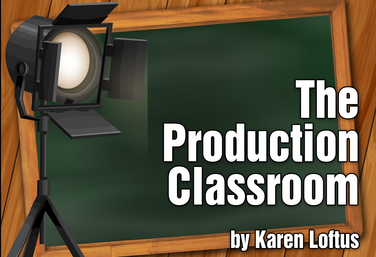
Part of the Production Classroom Units Curriculum
Production Classroom Units Overview
by Karen Loftus

Part of the Production Classroom Units Curriculum
Part One - Pre-Production
by Karen Loftus

Part of the Production Classroom Units Curriculum
Part Two - Rehearsal and Performance
by Karen Loftus

Part of the Production Classroom Units Curriculum
Part Two - Documents
by Karen Loftus

Part of the Production Classroom Units Curriculum
Part Three - Reflection and Assessment
by Karen Loftus
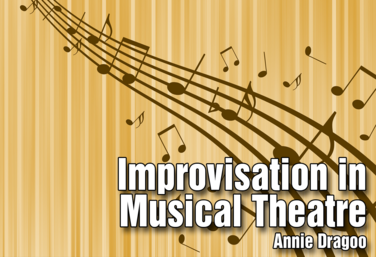
Improvisation in Musical Theatre
by Annie Dragoo
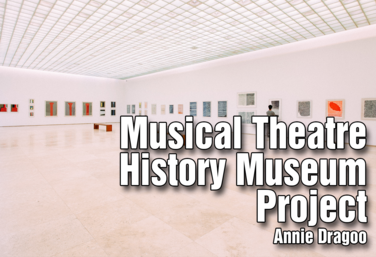
Musical Theatre History Museum Project
by Annie Dragoo
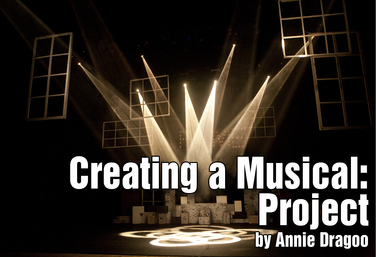
Creating a Musical: Project
by Annie Dragoo
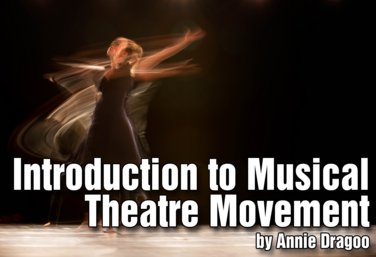
Introduction to Musical Theatre: Movement
by Annie Dragoo
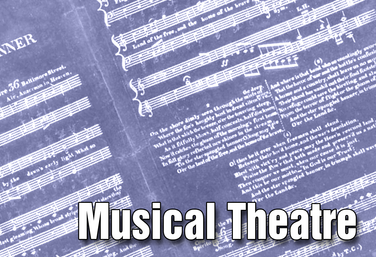
Musical Theatre
by Anna Porter
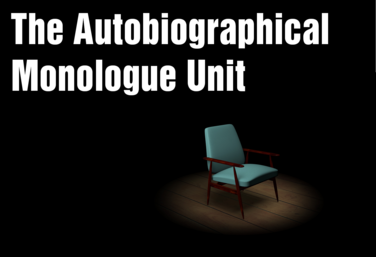
The Autobiographical Monologue
by Gai Jones
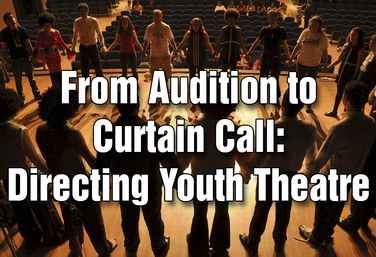
From Audition to Curtain Call: Directing Youth Theatre
by Steven Stack

Working With Monologues For Rehearsal And Development
by Gai Jones
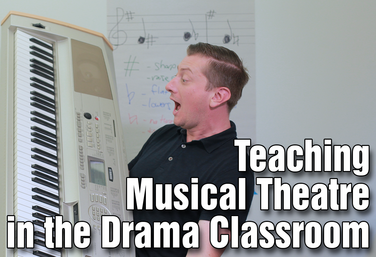
Teaching Musical Theatre in the Drama Classroom
by Colin Oliver

The Production Classroom
by Karen Loftus
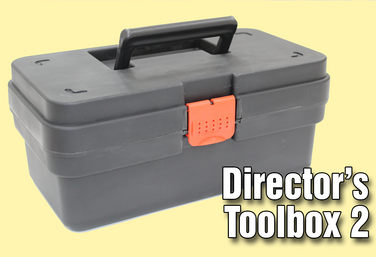
Director's Toolbox 2: Teaching Students to Direct
by James Van Leishout
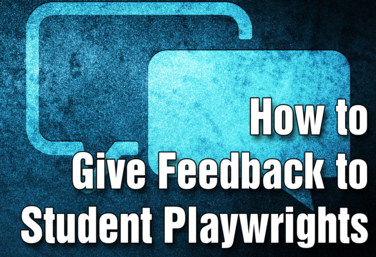
How to Give Feedback to Student Playwrights
by Nicholas Pappas
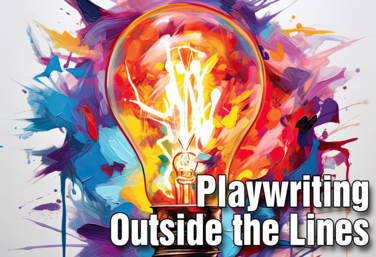
Playwriting Outside the Lines
by Steven Stack
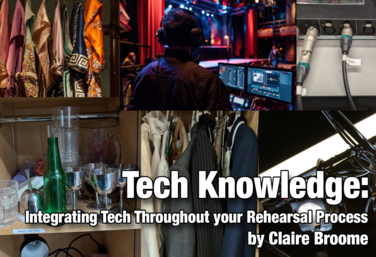
Tech Knowledge: Integrating Tech Throughout Your Rehearsal Process
by Claire Broome
View all Standards for Georgia Performance Standards - Theatre Arts Standards Master List